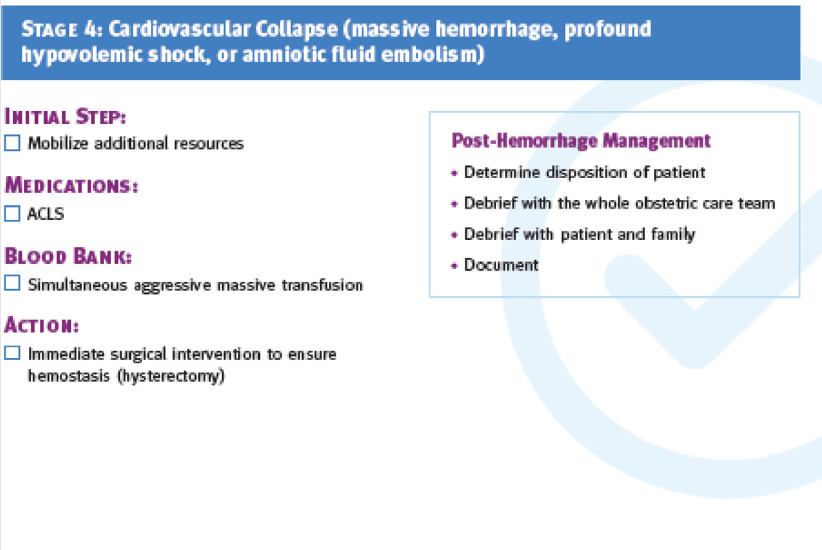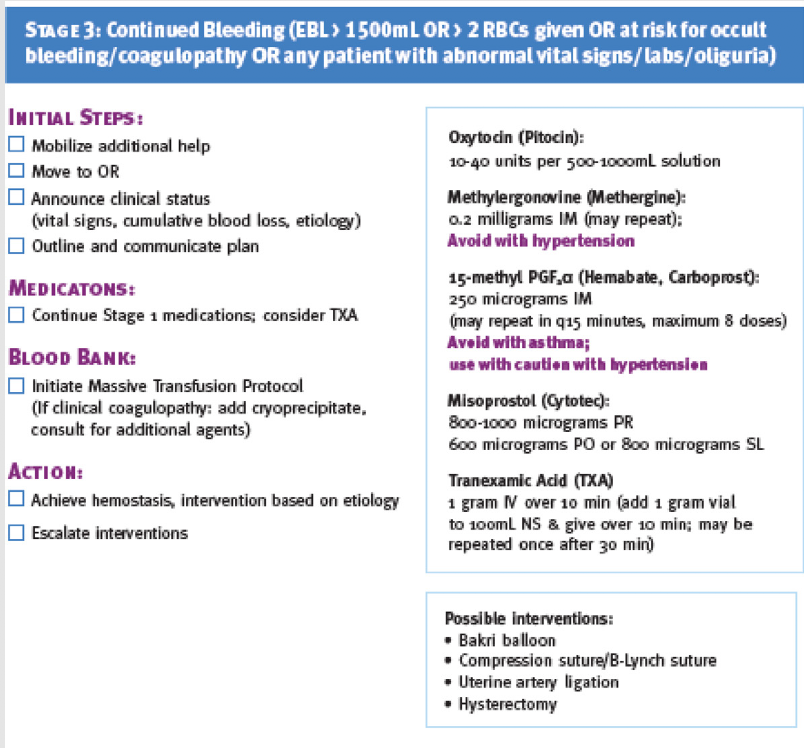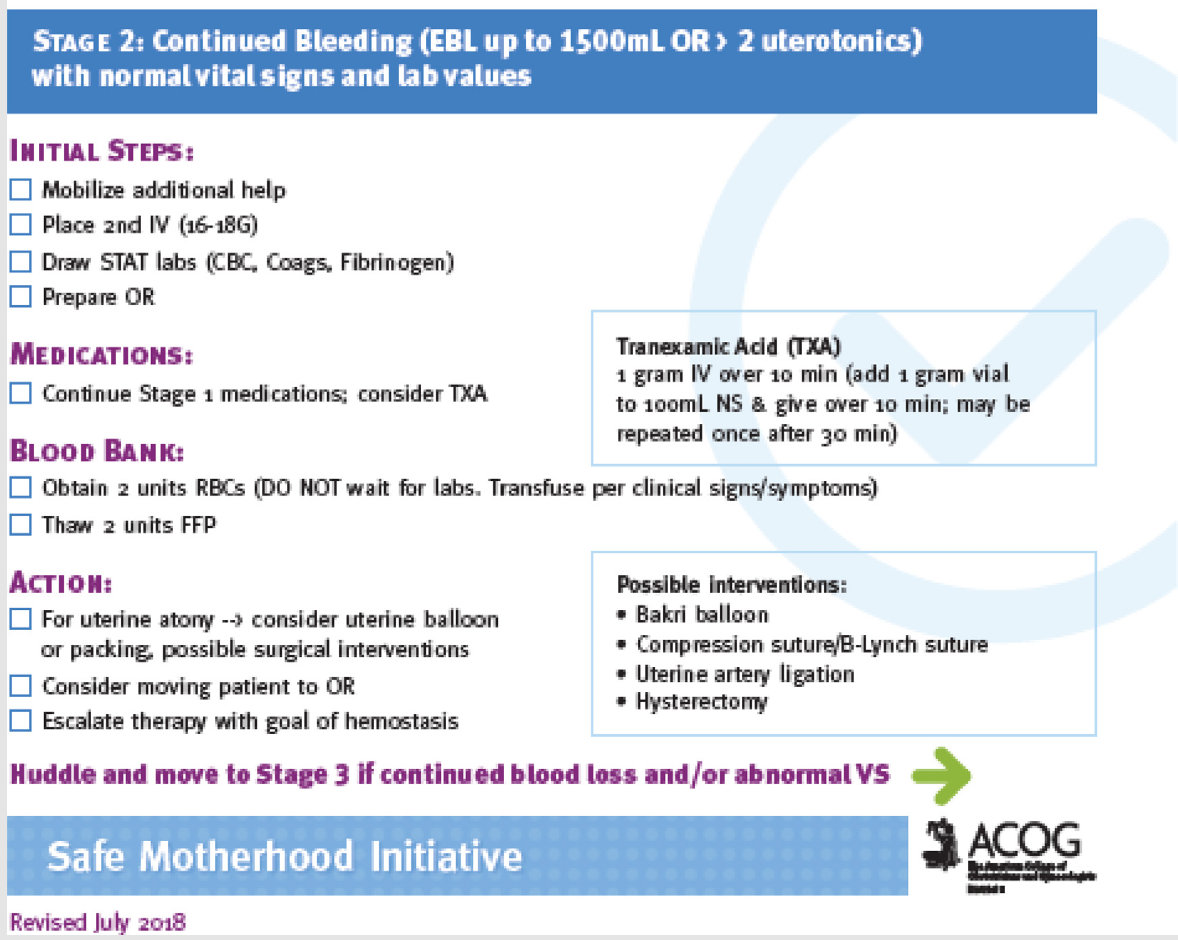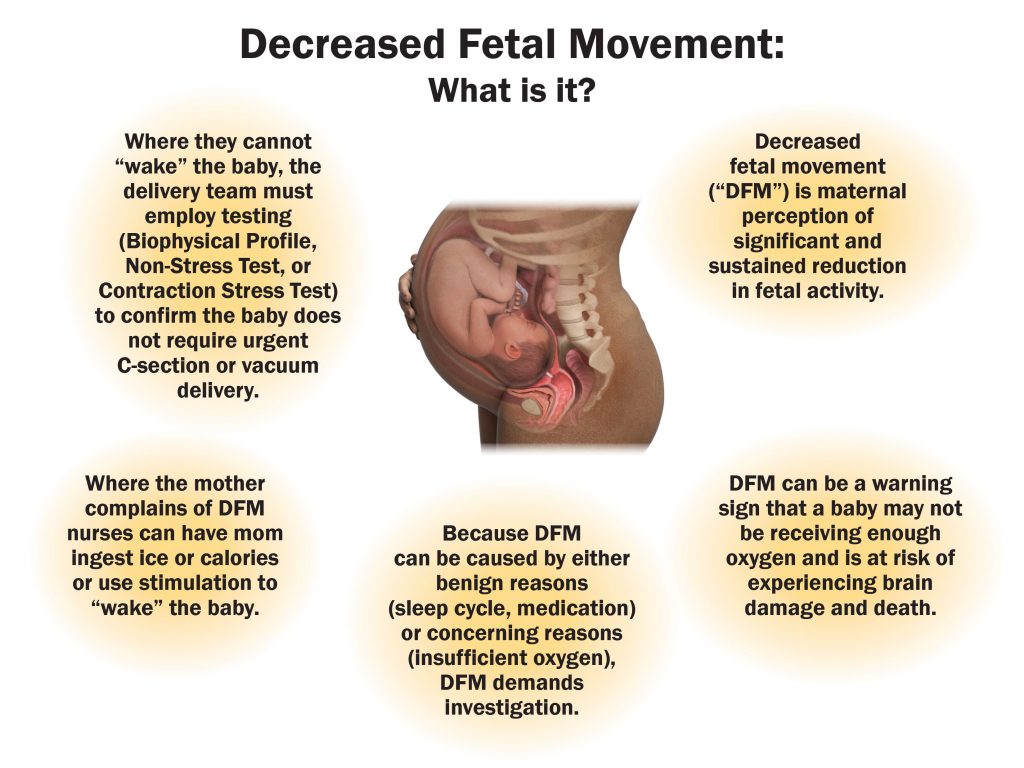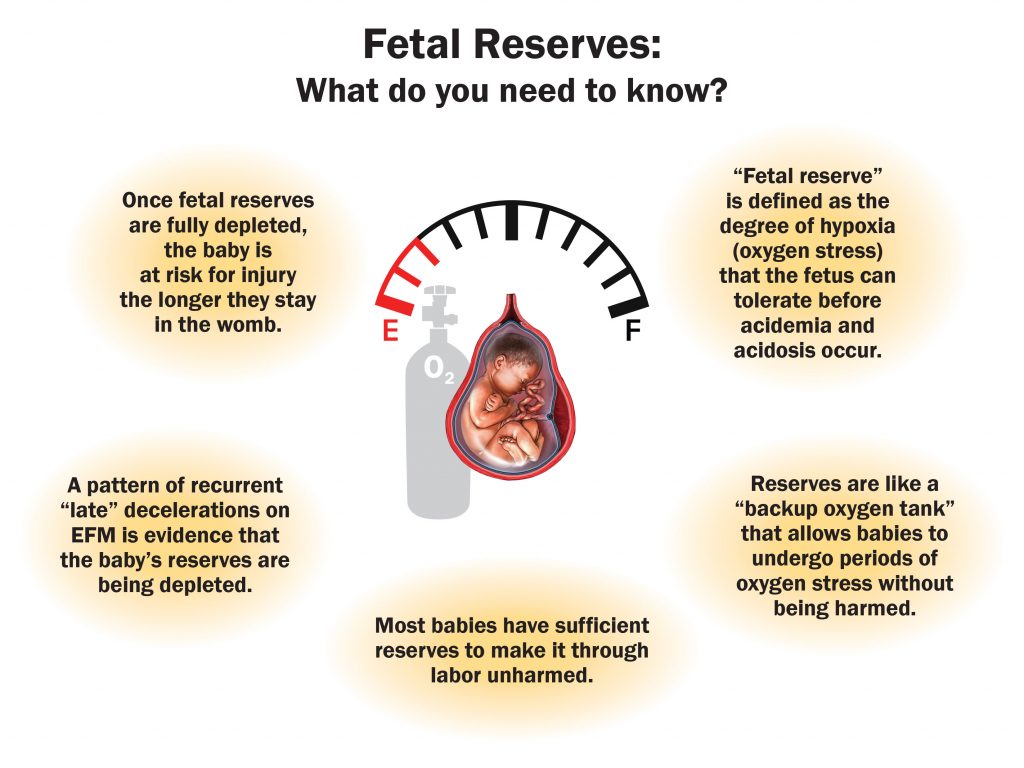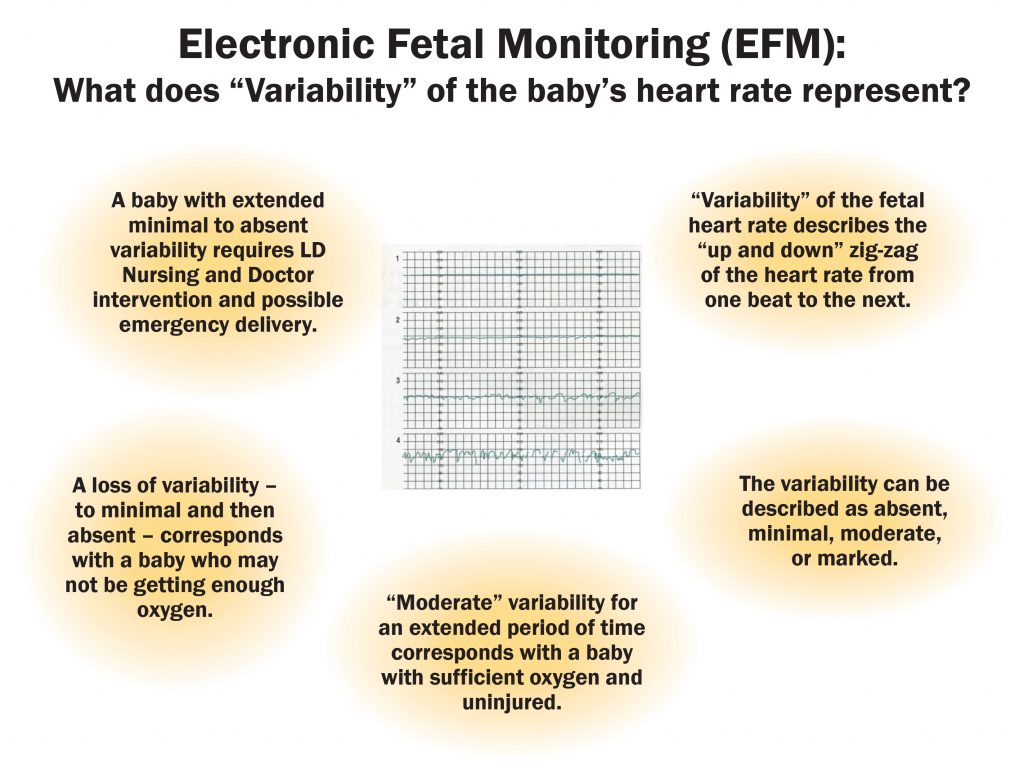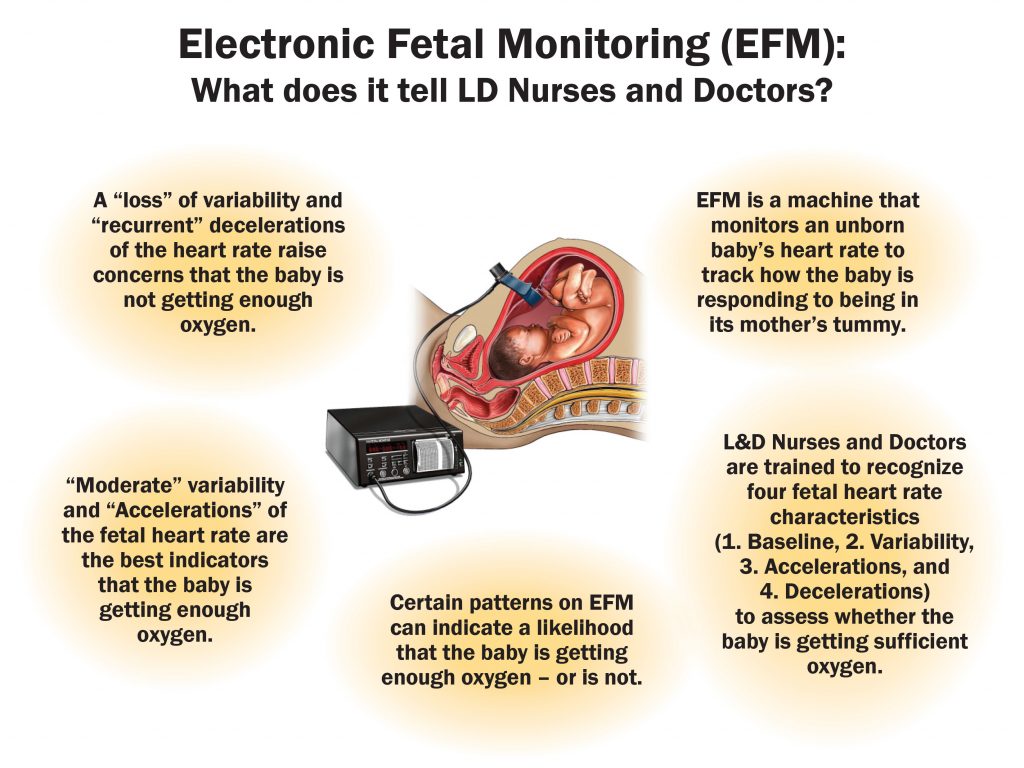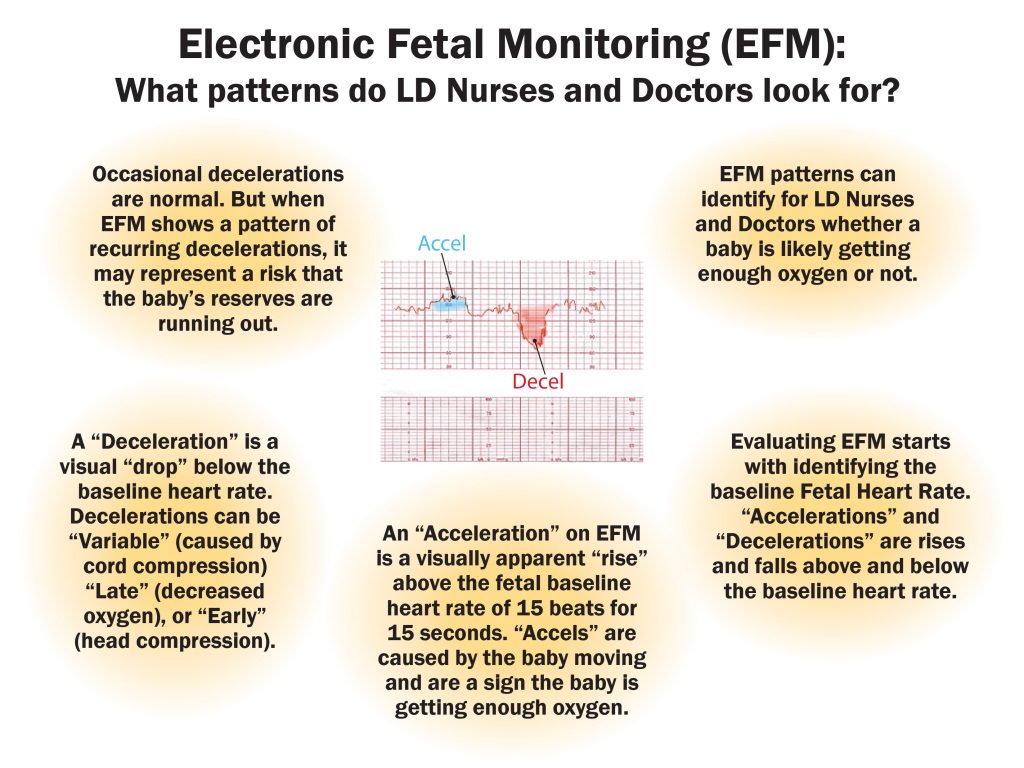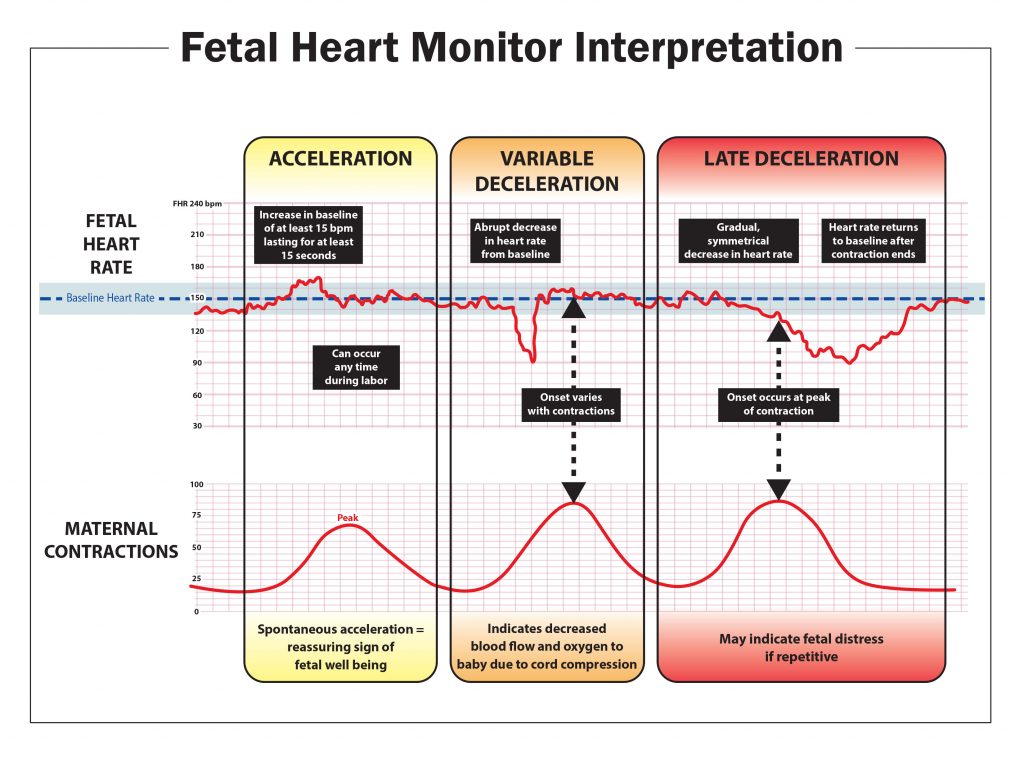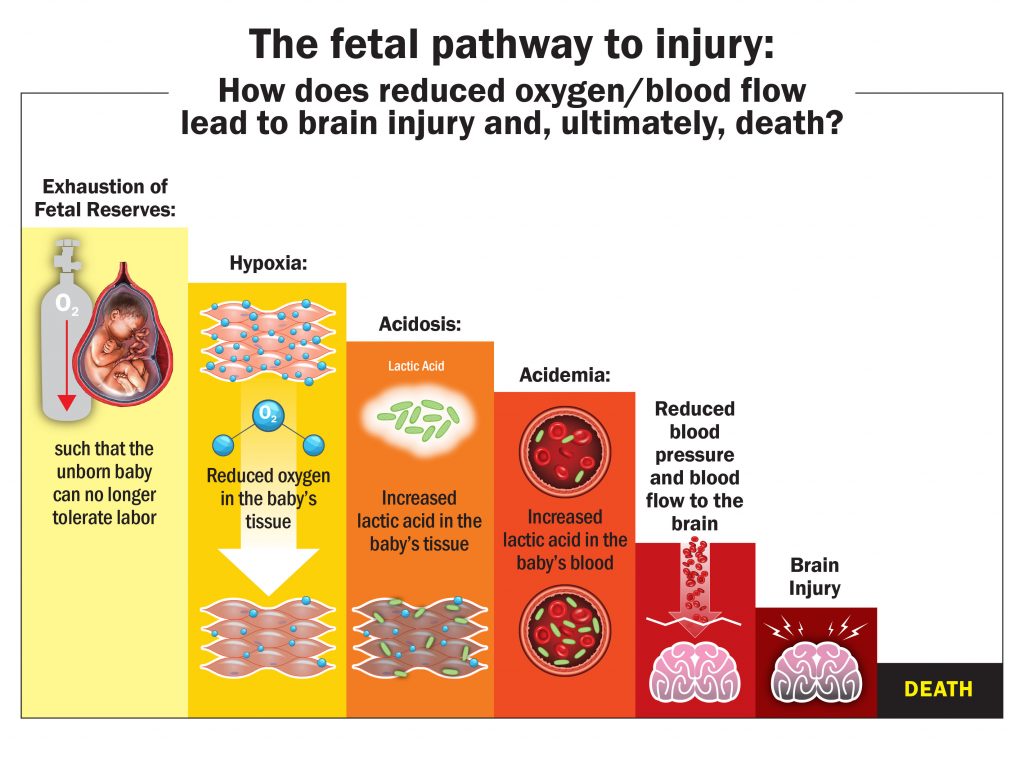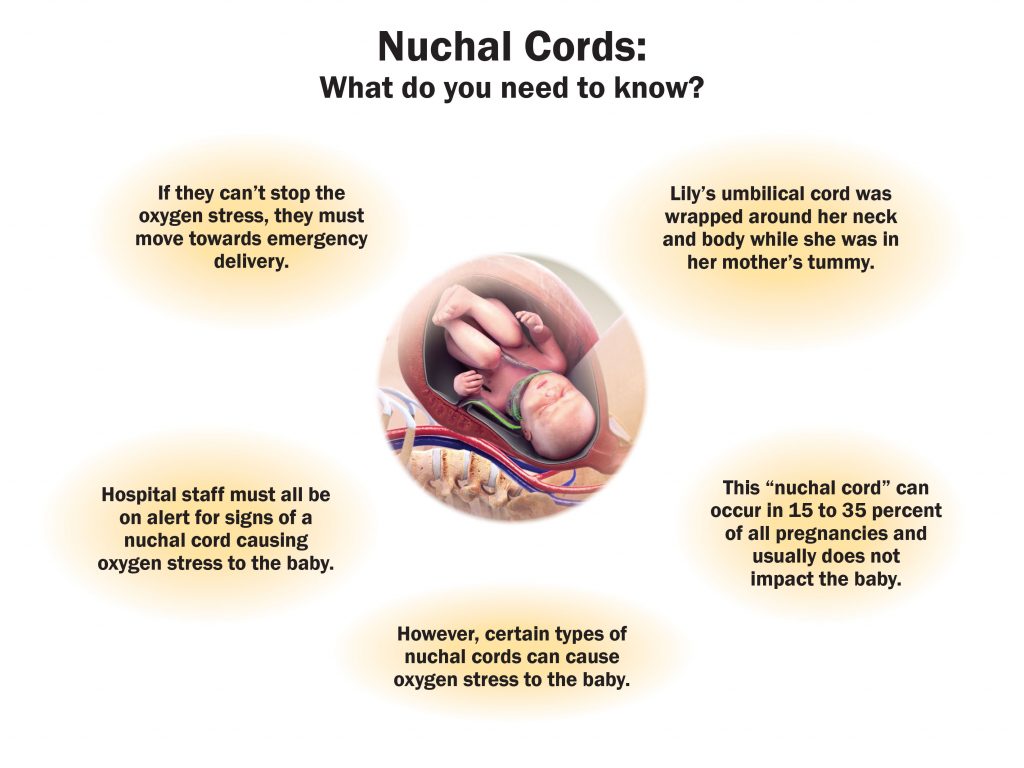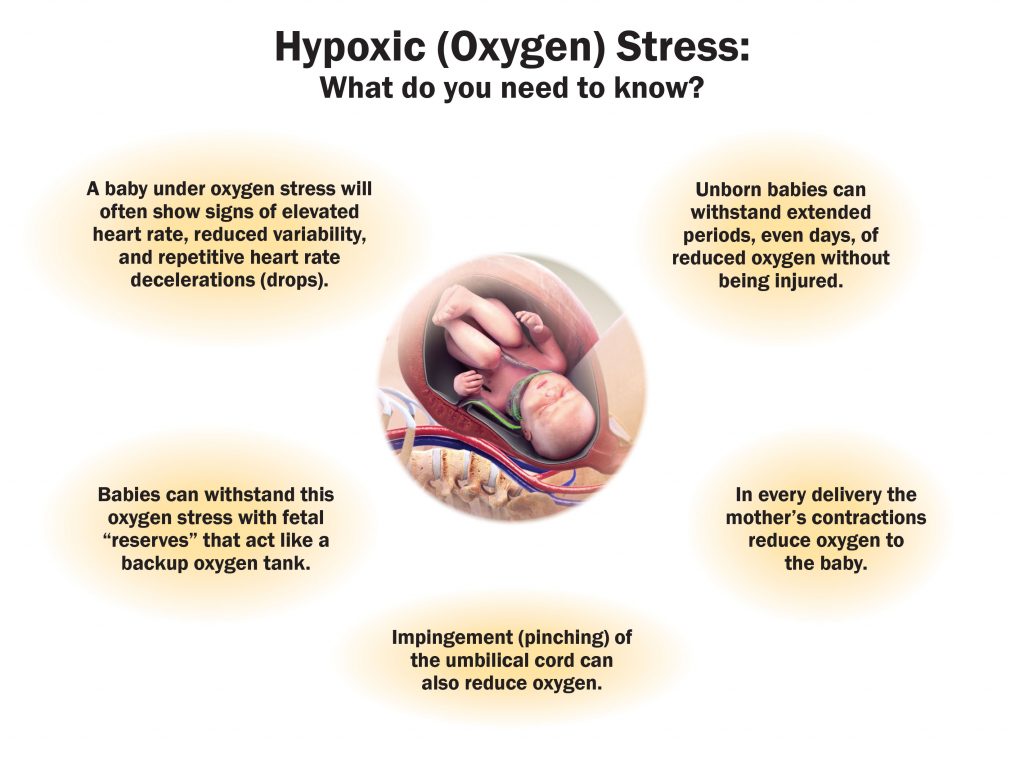Cerebral palsy is a neurological disorder that affects one’s motor skills and limits movement and posture. The condition occurs typically due to injury to an infant’s brain during pregnancy or childbirth, and although the brain abnormality does not progress over time, cerebral palsy currently has no cure. According to the Centers for Disease Control (CDC), cerebral palsy is the most common motor disability among children. Living with cerebral palsy or caring for a child with cerebral palsy can be challenging–but the more knowledge one has about the condition, the better equipped she is to manage it. This article provides a brief, basic introduction to cerebral palsy in its various forms.
Cerebral palsy does not present itself in a singular fashion–in other words, its symptoms will vary depending on the person, both in severity and in manifestation. One person afflicted with cerebral palsy, for instance, may have difficulty walking on his or her own, while another may have some difficulty with posture. According to the CDC, intellectual disabilities, seizures, problems with hearing, vision, or speech, and joint problems can also occur.
Cerebral palsy is organized into different categories based on the type of movement disorder. If the disorder includes stiff muscles, it is characterized as spastic cerebral palsy; if it involves uncontrollable movement, it is characterized as dyskinetic cerebral palsy; if it involves poor balance, it is characterized as ataxic cerebral palsy. If a person displays symptoms from more than one kind of cerebral palsy, she is said to have mixed cerebral palsy.
Spastic Cerebral Palsy: This is the most common type of cerebral palsy, affecting approximately 80% of those with the condition, according to the CDC. Spastic cerebral palsy entails increased muscle tone, leading to stiff muscles and consequent difficulty in movement. The areas affected can vary, from one side of a person’s body (spastic hemiplegia) to a person’s legs (spastic diplegia) to a person’s entire torso, all limbs, and the face (spastic quadriplegia). Spastic quadriplegia is the most severe form of spastic cerebral palsy.
Dyskinetic Cerebral Palsy: This type of cerebral palsy involves difficulty controlling the movement of the limbs and appendages, leading to slow, or alternatively rapid and jerky, motions. This is the result of changing muscle tone, ranging from loose to tight, which can vary throughout a day.
Ataxic Cerebral Palsy: This type of cerebral palsy leads to difficulty in balancing and coordination, which can complicate motor skills that require quickness or control, such as writing.
Tyrone Law Firm aids those who suffer from cerebral palsy or have loved ones who suffer from cerebral palsy. If you are seeking legal representation in dealing with cerebral palsy, please contact the firm to see what it can do for you.




 Hayley serves as a Labor and Delivery Nurse Consultant for the Tyrone Law Firm. She attended and graduated Cum Laude from the University of Georgia in 2004 with a Bachelor of Arts degree in Journalism/Public Relations. After graduation she moved to the gulf coast where she pursued a career in real estate and development.
Hayley serves as a Labor and Delivery Nurse Consultant for the Tyrone Law Firm. She attended and graduated Cum Laude from the University of Georgia in 2004 with a Bachelor of Arts degree in Journalism/Public Relations. After graduation she moved to the gulf coast where she pursued a career in real estate and development.
